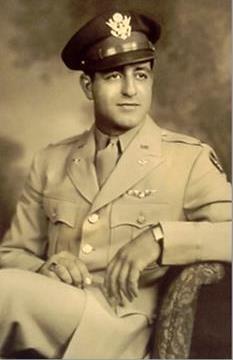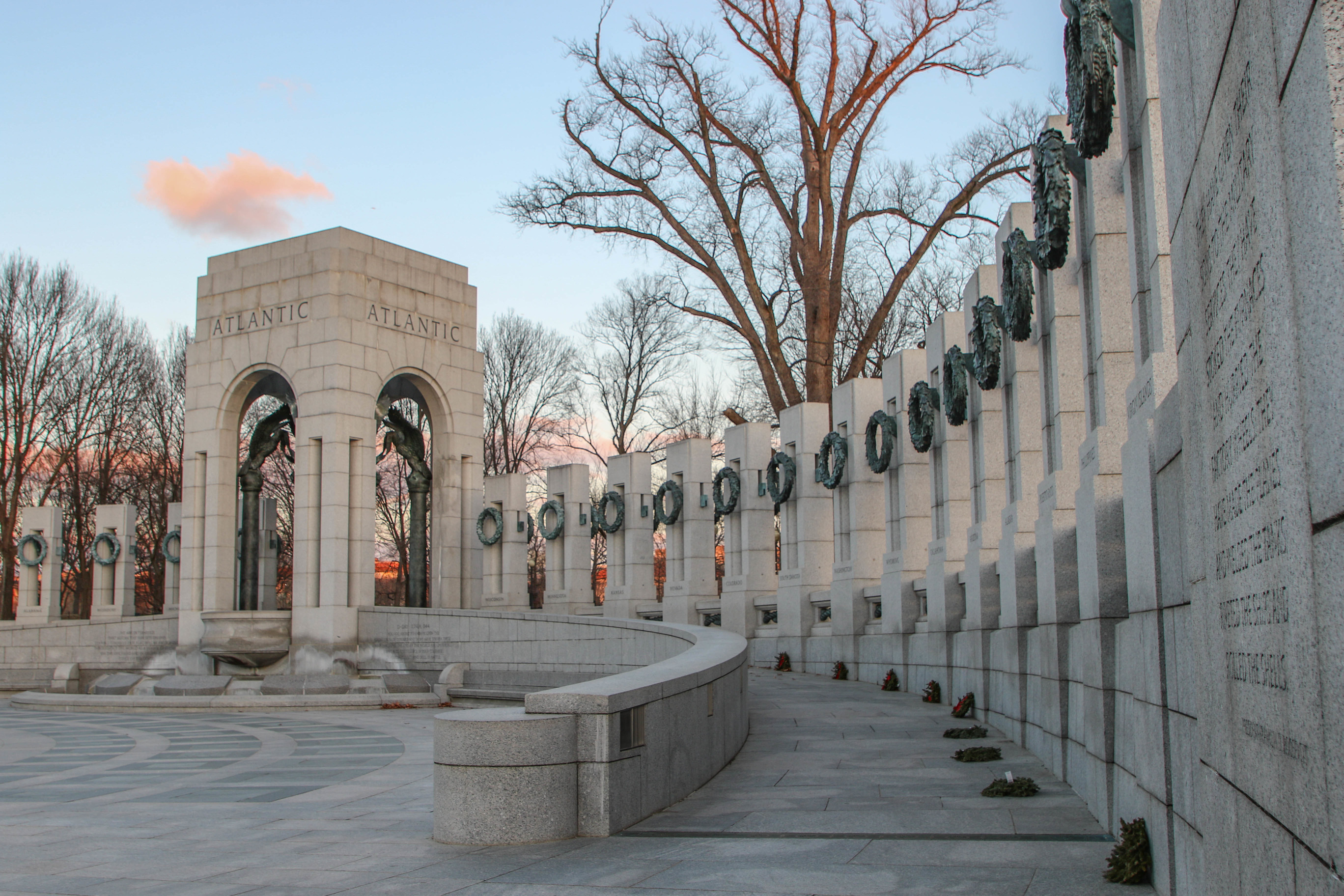World War II Honoree
Killed in World War II

Adolph Thomas Abraham
Branch of Service
U.S. Army Air Force
Hometown
Cedar Rapids, Iowa
Honored By
Mark Jon Erickson
Relationship
Cousin

He joined the Army on November 19th, 1940 in Cedar Rapids, Iowa when he was twenty one years old. He completed Basic Army Training in 1941 and by 1942 had joined the Army Air Corps with the intent of being a pilot. He was assigned to the 448th Bombardment Group of the 8th Air Force, that was being formed in the spring of 1943 at Gowen Field near Boise, Idaho. From there, the 448th moved to Wendover Field, Utah in July of 1943, then in September headed to Sioux City, Iowa. He had a chance to see his family in Cedar Rapids during this period of his preparation to be sent to England for Combat Flying. On December 1st, 1943 now a pilot with the 713th Squadron of the 448th Bombardment Group, headed to Seething Airfield in England. He along with 713th Squadron flew their first mission over occupied Europe on December 22nd, 1943 targeting Osanabruck, Germany. Next, on December 24th they flew a mission over Labroye, France and his third mission was over Ludwigshafen, Germany on the 30th of December. The following day on New Year's Eve, December 31st, 1943, his last mission would be a target over Cognac, France. Leaving Seething and piloting the B-24 #42-2948, He headed for the assigned target. The 713th formed over Hardwick and proceeded to their final assembly at Portland Hill. Flying at 15,000 feet his ship crossed the English Channel and proceeded towards France arriving at the coast at 12:07 pm. Bad weather met them in France and it would prevent the Squadrons from taking on their Primary Target, the La Rochelle La Leu Airfield. Severe heavy cloud cover pushed the 713th Squadron to their Secondary Target over Cognac, France, the Chateaubernard Airfield. Sightings of enemy fighters buzzed through the crews headsets. Short bursts of 50 mm machine gunfire erupted from the ships as the fighters slid through the formations. As the 713th approached Chateaubernard, the flak began with intensity. 'Bombs Away' was called at 12:32 pm, signaled by a red flare fired by the Radio Operator of the lead ship. As his ship let go of their Bomb load over the target, the formation began to break up over Chateaubernard. Most began to make the big swinging arc heading towards England. At this point his B-24 was hit by a direct flak burst, ripping through the fuselage. One of the engines exploded as the wing fell away from the ship. The remains of the B-24 broke apart quickly, collapsing in heaping wreckage. Remnants of the B-24 fell to earth in a slow spiral, billowing smoke and flame, that was witnessed and reported by other crews of the 713th. He and seven other crew members lost their lives that day. Two crew members were fortunate to survive the blast and parachuted to safety, only to be captured by the Germans and spend the next two and half years in a Prisoner of War camp.
